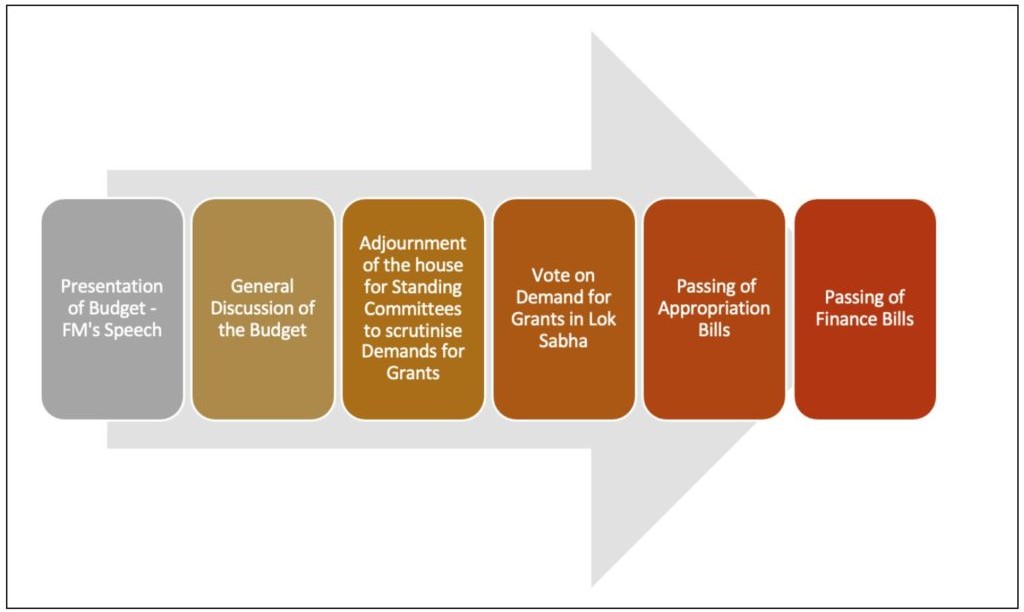The Lok Sabha passed the demands for grants for ministries without any discussion due to disruptions in Parliamentary procedure.

References
The detailed feasibility studies completed for 8 projects for implementation of Ropeways under Parvatmala program.
References
A new study describes how extra-terrestrial life has the potential to exist on distant exoplanets inside a special area called the “terminator zone”.
M-dwarf stars are relatively dimmer than our sun and make up about 70% of the stars seen in the night sky.
References
The Union Home Minister inaugurated the Vedic Heritage portal and ‘Kala Vaibhav’ in New Delhi.
The ‘Kala Vaibhav’ inaugurated is a virtual museum based on 64 arts.
References
The Indian Patent Office rejected Johnson & Johnson’s (J&J) attempt to extend its monopoly on manufacturing Bedaquiline in India beyond July 2023.
Multidrug-resistant TB (MDR TB) is defined as resistance to isoniazid and rifampin, the two key first-line anti-TB drugs.
Extensively drug-resistant (XDR) TB refers to MDR-TB strains that are resistant to fluoroquinolones and second-line injectable drugs.
References